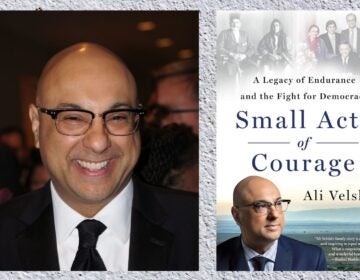Public school closings reflect our priorities. Weapons are more important.
Thinking and reading about last week’s closing of 23 public schools by the Philadelphia School Reform Commission, I’ve concluded that the closings are necessary, though insufficient to address the fiscal crisis of the school district. Other school districts including some of the nation’s largest are expected to do the same thing, including Chicago, Newark, and Washington, D.C.
But those protesting the school closings are right, too. The closings are an outrage against poor children.
The Philadelphia School District is in crisis, with a projected budget deficit over the next five years of $1.35 billion. Its funding from the Commonwealth of Pennsylvania was reduced by $400 million over the last two years. It had to borrow $300 million this year just to pay current expenses.
The School District has 53,000 empty seats out of 195,000, more than 27% of available classroom seats. Since 1997, 84 charter schools have opened in Philadelphia, drawing both students and funding from the School District. Closing 23 schools this fall will reduce operating costs by about $20 million every year, and permit a one-time benefit from the sale of surplus school property of about the same amount. Not nearly enough to balance the School District budget, but still an absolutely necessary step.
The schools to be closed have been identified as underperforming, with students disproportionately poor and minority. The students, parents and staff protesting the closings say it’s bad enough that resources have not been provided to improve the educational product of these schools. But now these disadvantaged students will lose the schools themselves, which they describe as refuges in poor communities that have little else. The students will be forced to transfer to larger and more distant schools.
Compare the $20 million annual savings to the School District of closing 23 public schools with the cost of a single military procurement order for the Lockheed-Martin F-35 fighter jet, which is now seven years behind schedule and 70% over its original cost. Each of the 2400 F-35’s ordered for the U.S. military is now expected to cost $618 million including operating and maintenance, a total of $1.5 trillion over the projected useful life, an average of $30 billion every year for the next 50 years, if there are no additional cost overruns or developmental setbacks. The F-35 has been described as a money pit and in a fiscal death spiral making it unaffordable, but Congressmen receiving Lockheed-Martin political contributions in 2011 formed a Congressional Joint Strike Fighter Caucus to keep the weapons system fully funded.
Seems like there’s plenty of money for high-tech weapons systems, plenty of money to bail out big banks that have made bad bets, plenty of money to keep funding Social Security and Medicare for senior citizens without rationing or any other new limitations, but not even a trickle of money to fund neighborhood schools for poor American children. The protesters are right. It is an outrage.
WHYY is your source for fact-based, in-depth journalism and information. As a nonprofit organization, we rely on financial support from readers like you. Please give today.




